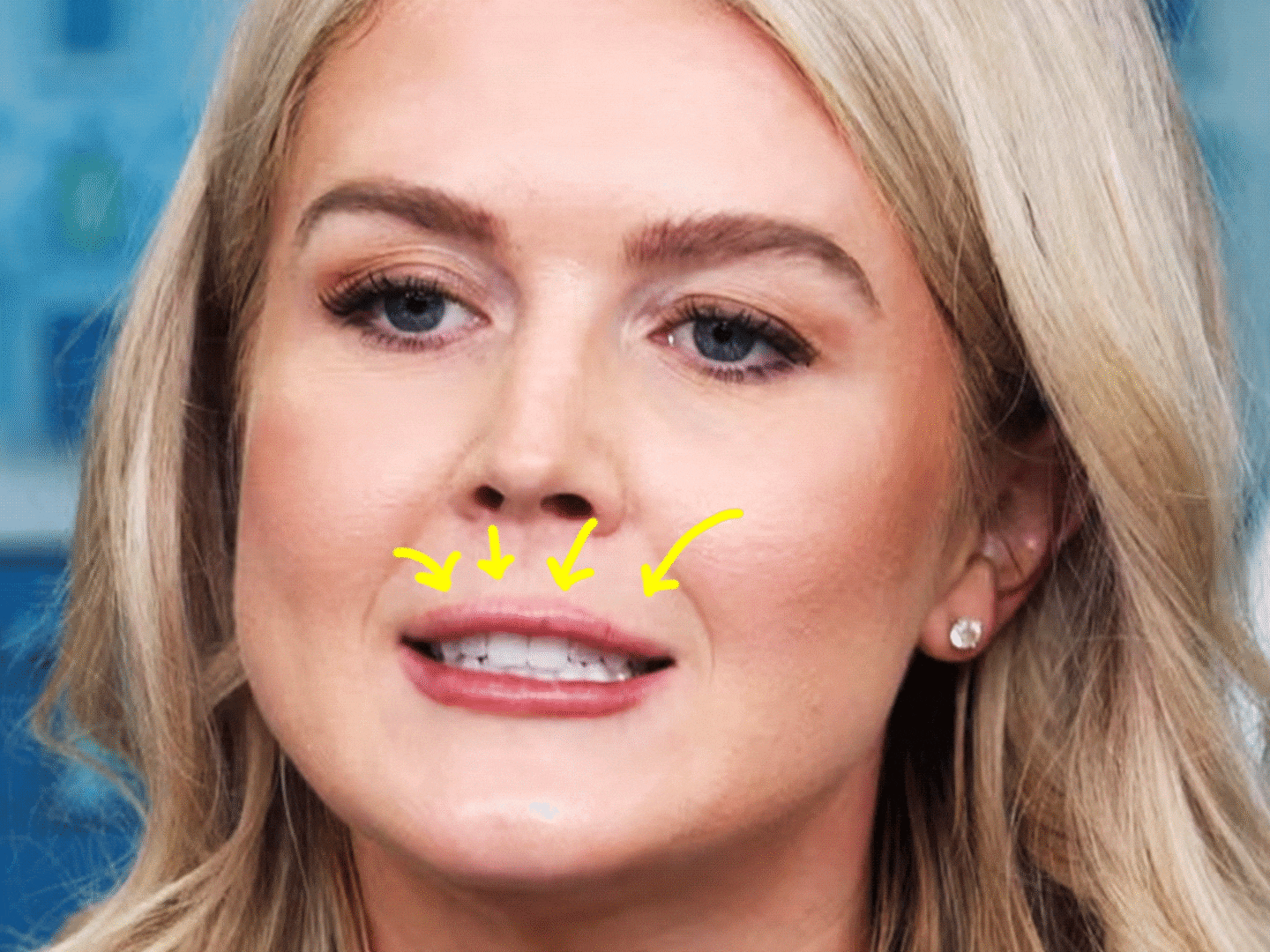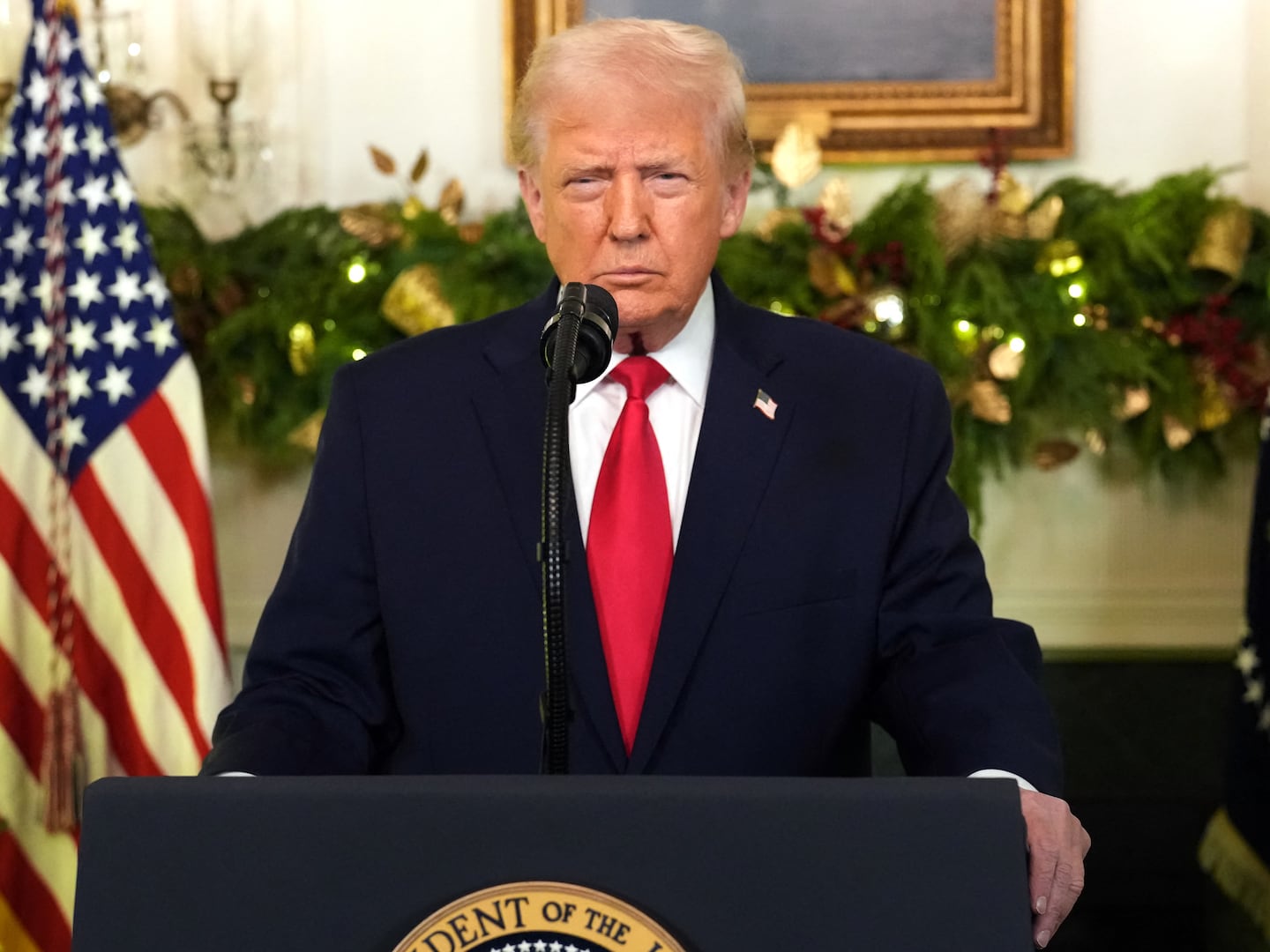Before there was Pussy Riot there was Leonid Yakobson. Using art to challenge authoritarian rule in Russia is a sport that dates back to the earliest days of the Russian revolution. While Pussy Riot launched their volley from inside Red Square, just across the street, on the stage of the Bolshoi Theatre, during the most brutal decades of Stalinist repression, Yakobson spun out a toe shoe revolution.
Yakobson, a choreographer for the Kirov and Bolshoi Ballets, who began his artistic life in the charged climate of the post revolution days, sharpened ballet, long the heart of Soviet cultural identity, into a weapon. Despite being censored and silenced by Soviet authorities during his lifetime (1904-1975) Yakobson made 180 ballets, works that brought into the locked-down Soviet state a taste of the invention, abstraction, eroticism that paralleled what Yakobson’s former classmate, George Balanchine, was unfolding in America.
When the leading Russian dancers—Nureyev, Makarova, Baryshnikov—defected and deeply shamed the Soviets during the Cold War, Yakobson was de facto the choreographer of their leaps to freedom. He made ballets for them in the Kirov that showed who they might be as dancers, before authorities closed those doors as well.
Yakobson’s tale is the story of how dance became dangerous in Soviet Russia with important lessons for the intertwining of theatrical images, art, and political narratives that continue to roil Russia today.
***
The black-and-white film is only a fragment, yet its three-minute length documents a remarkable, intimate exchange between two of the most exceptional and beleaguered dance artists in the Soviet Union in the late 1960s: the highly individualistic choreographer Leonid Yakobson and the Kirov Ballet’s young virtuoso, Mikhail Baryshnikov. Seated side by side as they face the mirror in a dressing room backstage at the Bolshoi Theater in Moscow, the sixty-five-year-old Yakobson and the twenty-one-year-old Baryshnikov are practicing a fleeting gesture from Vestris, a solo that Yakobson created for Baryshnikov in 1969.
Repeatedly Yakobson unfurls the fingers of one hand, holding his palm close to his face, then snaps that hand into a fist, as if ripping off an imaginary mask. Each time he does this, his features instantly reconfigure, shifting from sobbing that shudders through his torso, into sudden calm as his hand passes again in front of his face. In one action he wipes away an emotion and its residue in his body. Baryshnikov, sweating in his heavy stage makeup and the baroque jacket and breeches he is wearing for his role as the eighteenth-century danseur Auguste Vestris, watches Yakobson attentively. He echoes the gestures of the older choreographer carefully, moving from sorrow to calm and then into drunken hilarity as his facial and body expressions careen from silent manic laughter, his head tipped back and his mouth open in a grimacing howl, to the swiftly reassembled expression of placid composure that ends each eruption of an emotion. In this part of the solo, Yakobson emphasizes the containment of emotions in Vestris just as readily as he does their demonstration. He suggests that being able to close off feeling is as valuable a skill as expression.
Jewish by birth, Yakobson held onto his Jewish identity culturally because religious observance was effectively prohibited. He was what Slavic Studies historian Yuri Slezkine has called “Jews in the Soviet sense… Jews by blood.” When other prominent Jewish artists or intellectuals were changing their surnames, he proudly maintained his unmistakably Jewish one. His facial features were also regarded as distinctly Jewish, particularly among non-Jewish Soviets. In later years, when the movement for the founding of a Jewish state in Palestine began, Yakobson clandestinely followed the Voice of America radio reports on the struggle, privately cheering for the Jewish fighters. Aesthetically he was more overt about his demonstrating his Jewish background, pioneering pointedly Jewish-themed dances; incorporating gestures, characters, and mannerisms in these works drawn from conventions of Russian Yiddish theater; and collaborating with Jewish composers and visual artists. He also spoke out to family and friends about the importance of making a place for Jewish nationality in the USSR. Throughout the years of aggressive anti-Semitism, he created six ballets on Jewish themes—the first, Jewish Dance, was made in 1949 when Jews were being vigorously persecuted. Isolated from developments in the West, Yakobson’s work angered Soviet authorities who censored or at times forbade productions of his ballets. For those Soviet audiences who were allowed to view Yakobson’s work, the choreographies offered a glimpse of dances that were modernist in their sensuality, subjectivity, and collaborative incorporation of music and décor by innovative artists in other media.
During the decades of repressive control of artists in Soviet Russia and the mandatory imposition of narodnost (the requirement that artists pay deliberate attention to the nation and its heritage as an ideological subject of their work) Yakobson reimagined classical ballet as a freshly pliant and contemporary medium. His project was to reshape ballet during the Soviet era into an artistic medium where modernist innovations in movement, choreographed individuality, and nondidactic meanings might be explored. For a brief four-year period, the final four years of his life, Yakobson directed his own company, the first individual solo-choreographer dance company in the USSR. Always Yakobson worked to shape ballet as a place of social multiplicity rather than of exclusion and uniformity, an arena for softer messages from the margins of daily existence.
Soviet authorities collided repeatedly and in a retaliatory way with Yakobson over his attempts to make and stage ballets centered on broadly inventive movement styles and subjects, sentiments, and individual voices. Vestris, a small but telling ballet created in the final years of Yakobson’s life, was emblematic of the unique dialogue of resistance and the repositioning of the stage as a space for what might be called the new “de-totalitarianized” body that he tried to configure through ballet. Pairings are unpredictable within it: a classically pure reference to baroque styling is followed by the fussy mannerisms of trembling hands and shuddering limbs that were trademarks of old and infirm characters from theater.
Yakobson’s work interrupts the standard conception of ballet as politically neutral or collaborative in mainstream cultural values. Instead it offers a surprising demonstration of the cultural power of ballet and how it did important resistive work in a climate seemingly inimical to art modernism and the individual voice. While he certainly experienced difficulties and periods of being banned from working, Yakobson also succeeded in navigating cleverly around Stalinist politics much of the time that he was employed by two of the most prestigious cultural institutions in the USSR. His situation discloses the complex tensions involved: the Soviet state did value the arts, but even a renegade artist had to balance criticizing the state with supporting it in a de facto way.
Yakobson’s ballets revealed both narrative as well as abstract qualities, offering a different lens on dance modernism as it originated in early twentieth-century Russia and was subsequently developed in the West. Yakobson questioned the form and content of ballet while repositioning its social relevance and retaining early twentieth-century movement innovations, such as turned-in and parallel-foot positions, oddly angled lifts, and floor work, gestures whose modernism challenged Soviet ballet orthodoxies. With the exception of Vestris, which Mikhail Baryshnikov brought to the West, and five other ballets, the majority of Yakobson’s work is little known outside Russia because it unfolded in a totalitarian state and was never considered worthy of cultural “display,” thus there was little official effort to preserve his repertoire.
Filmed in 1969, the clip of Yakobson backstage coaching Vestris is a rare official recording of Yakobson’s work. This footage was part of a documentary made by Soviet state television during the first Moscow International Ballet Competition held in the Soviet Union. Baryshnikov remembers Soviet television staging this moment of coaching specifically for the camera and its artifice in regard to how he and Yakobson really worked. “The backstage footage was not candid, but more ‘staged’ for the documentary about the dance competition,” Baryshnikov said, noting that a dancer could not just mimic Yakobson. “He was very passionate, very detail-obsessed and required one hundred percent of attention every second of our work together,” Baryshnikov said. “He was an extraordinarily gifted choreographer and a very freeminded and freespirited man.”
This Moscow International Ballet Competition, the backdrop for the film, pitted the leading dance virtuosos of several nations against one another in a display of intense geopolitical competition on the ballet stage. It was not surprising that the young Baryshnikov won the gold medal among the male dancers—the Russian ballet training system at the time was known to produce the finest male dancers in the world. Yet even within that company, Baryshnikov’s classical purity and technical prowess were fabled. Maya Plisetskaya, the leading Bolshoi ballerina and one of the judges, gave Baryshnikov a thirteen out of a maximum twelve points for his performance. A protégé of the revered teacher Aleksandr Pushkin, Baryshnikov had been taken into the Kirov as a soloist in 1967, the same year he graduated from the Vaganova School, that is, he skipped the customary ascension through the corps de ballet. The Russian ballet training system, however, was double-edged: it perfected excellence but within a narrow band of expectation of what a dancer could do.
Baryshnikov was worried that his boyish looks, small stature, and lively personality would lock him into comic and more minor demi-caractère roles for his career rather than the danseur noble roles he desired. Yakobson’s ballet deliberately confounds the separation of these categories by demanding both genres from the same dancer. It highlights Baryshnikov’s technical prowess, control, and elegance between his saturated and lusty demonstrations of sharply etched genre types. Initially Baryshnikov was shy about having to portray these extreme emotions and old and ugly characters of Yakobson’s choreography. Yakobson’s widow and rehearsal assistant, Irina Yakobson, reported that when her husband first started to work with Baryshnikov, she had the impression the young dancer was unhappy. “He thought he was only a very clean and very good classical dancer and he wanted to show his jumps, his pirouette, his beats—everything they do in classical ballet,” she said. “Then they began to rehearse, and he found out how to speak with the body, not only with the face. He found out how to let the steps become movement that tells about the character,” she explained. “And as he worked he began to love it.” Baryshnikov remembers being thrilled from the start, but nervous. “I was taken from the first rehearsal,” he said. “This was a real, serious, meaty project. It was all very unusual and my first choreographic experience with a really great master. I knew instinctively he was really one of probably two choreographers of that originality (Goleizvosky was the other).”
In Vestris, Yakobson, an admirer of the dance theorist Jean-Georges Noverre, was in part actualizing Noverre’s critique of the Paris Opera Ballet’s use of the mask in the eighteenth century, Auguste Vestris’s era. Noverre saw the mask as restricting dancers from showing facial expressions that gave meaning to their characters. He devoted the whole of his Letter IX in his famous exposition of the theories and laws governing ballet and dance representation, Les Lettres sur la danse et sur les ballets (Letters on dancing and ballets), to the subject of facial expression. There he inveighs against the custom of wearing masks, writing, “All our movements are purely automatic and meaningless, if the face remains speechless and does not animate and invigorate them.” Noverre ends this letter with a call for an aesthetic revolution, one in which Yakobson had also enlisted: “Let us destroy masks and gain a soul, and we shall be the best dancers in the world.” The dancer’s face in Vestris is as elastic as his body.
Even Tatyana Bruni’s early costume sketches for Vestris reflect how the character identity of the dancer was systematically carried through every element of this economically brief solo. One of Bruni’s costume sketches for Vestris shows him in an embroidered velvet jacket and flashy garters as he props up his drooping form on a pair of inverted brooms like prickly oversized crutches. Bruni’s sketch is a direct reference to one of the historic lithographs that Yakobson alludes to in this miniature, Eugène Delacroix’s satirical portrait of the aged Vestris propelling himself into the air by hoisting himself up on a pair of brooms. In another drawing Vestris appears as something between an aged fop and a coquette, his doublet sporting so many layers of lace at the waist that it suggests a ruffled tutu. In the final finished version of the dance, the brooms and lace have disappeared but the body of Vestris has absorbed the tottering posture of decrepitude and foolish vanity that once emanated from these vanished props and costume details. Bruni, a celebrated painter, theater designer, and graphic artist who had been active in the early Russian constructivist art movement, would design costumes and decor for several Yakobson ballets, sharing his sensibility for the complex meanings that formalist structures could conceal.
The biggest surprise of the Moscow competition, in fact, was that Baryshnikov earned his medal performing a competition repertoire that included this commissioned solo, because Yakobson’s choreography so steadily challenged and incensed Soviet authorities. Helgi Tomasson, then a dancer with the Harkness Ballet and since 1985 the director of the San Francisco Ballet, was runner-up to Baryshnikov at the 1969 Moscow Competition, winning the silver medal to Baryshnikov’s gold. Interviewed more than thirty years later, Tomasson still recalled Vestris as the standout work of choreography in the competition. “When I think back over the last thirty years there are very few dances I have seen that I can recall, but Vestris is one that I still see clearly. Its use of theatre and dance made a strong impression. It was so different from anything else the Russians were doing. It was so brave!”
Not only did Yakobson reject the rigid Russian body-type casting of dancers, but he also often worked deliberately against expectation, fusing inventive steps with possibility and refusing to bow to the assigning of role, partners, and prominence based on how cooperative a dancer, and choreographer, were with party officials. Yakobson took particular pleasure in working with emerging young dancers who had not become hardened into derisiveness and cynicism about his often dramatically expressive ballets, and Vestris reflects these ideals.
Seven years earlier, in 1962, Yakobson had singled out another young Kirov dancer, Natalia Makarova, to dance the lead in his staging of The Bedbug (Klop, 1962). This ballet is a satire of Soviet life based on the New Economic Policy (NEP) introduced by Lenin and depicted in a play by Vladimir Mayakovsky. Makarova, who in Yakobson’s staging of Mayakovsky’s work danced the role of Zoya Berezkina, a young woman who hangs herself when her boyfriend betrays her, has credited her work with Yakobson as having initiated her understanding of dramatic portrayals in dance. “Most dancers did not like Yakobson,” she observed. “Used to the standard classics, they felt uncomfortable in his contorted, expressively sharpened poses, which, in addition to everything else, Yakobson demanded they imbue with emotional content.” It is a statement as true for Vestris as Bedbug.
In the sphere of Soviet dance images there are no easy performance references for the deliberately grotesque. The most immediate sources for physical distortion imbued with emotional complexity are not from dance but Russian Yiddish theater. The shamed quality of the knotted, stooping, and sadly twisted postural and facial expressions that keep welling up in the midst of the elegant and mannered pirouette à la seconde and attitude turns that the character Vestris performs were in fact considered archetypically “Jewish,” racially and culturally, by the Soviet population of this period. In the initial performances of Vestris, Baryshnikov remembers having to wear a soft latex nose piece that added a bump to suggest the more prominent profile of Vestris’s nose. (He discarded this in his subsequent performances of Vestris in the West.) Curiously, the big or hooked nose is the physical feature of Jewish people that is most commonly caricatured.
Specifically Yakobson’s depiction of the physically broken and emotionally labile evokes the work of the celebrated Russian Jewish actor Solomon Mikhoels and his Moscow State Yiddish Theater (GOSET), which was founded in 1919 and liquidated by the Soviet government in 1949. This tradition had been particularly visible in the period starting immediately after the Communist revolution, when the Jews had been declared a nationality with Yiddish as their national language and thus became eligible for the state support provided to artists and cultural institutions working in their native nationalities’ languages. Consequently a range of amazingly rich theatrical experiments flourished in theaters led by Jewish actors and directors. Even though government support for Yiddish institutions and schools was subsequently withdrawn by the Soviets, theaters continued to receive state funding into the late 1930s making theater the only arena where Yiddish remained in official use publicly. In addition to Mikhoels, whose acting and directing style favored highly expressionistic stagings of Yiddish dramas, there were a few other theater artists who were also actively challenging the dominant realism of Soviet theater. These included Vsevelod Meyerhold, who made radical anti-naturalism work for the Moscow Art Theater; Alexander Tairov, founder and director of Moscow’s anti-naturalistic Kamerny Theater; and Yevgeny Vakhtangov, a Stanislavsky protégé and champion of psychologically motivated characters in his work for his Vakhtangov Theater.
Yakobson’s widow, Irina, recalled that her husband had admired Mikhoels’s work in particular among these experimental theater artists and that he had certainly seen, live or on film, Mikhoels’s most famous character portrayal, the title character in Shakespeare’s King Lear from GOSET’s 1935 production. Inspired by the style of the new realism of the 1930s, Mikhoels shaped his portrayal of Lear as a psychological study, one that Jeffrey Veidlinger, a Mikhoels scholar, argues actually contained veiled critiques of Stalin and covert assertions of Jewish national identity. The resulting production became the most critically lauded performance of Mikhoel’s career. Edward Gordon Craig, an English theater practitioner and Isadora Duncan’s lover, saw Mikhoels performing Lear in Moscow and wrote in 1935 that it stirred him more profoundly than any performance he could recall.
Although Mikhoels was brutally murdered in a staged “accident” by Stalin’s orders in 1941, a film of his performance from this 1935 production of King Lear was in wide circulation and it is this bank of images of extreme emotions that Yakobson seems to be referencing when shaping the moments of rupture in Vestris. In the acclaimed final scene in Mikhoels’s King Lear, Yakobson portrays the king destroyed by remorse and tottering on insanity, his emotions careening from sobbing to choking laughter as he mourns over the dead Cordelia’s body. With each emotional swing he shields his face with his trembling hands before reemerging with his visage in the sudden grip of a keening cry and then—literally swinging his torso to the opposite side—a feeble giggle. Tucked into Yakobson’s Vestris, this quotation through performance allowed for “cross-viewing spectatorship” as well as recondite references to political hierarchies, since the vibrations of the fingers and emotional excesses were a Mikhoels “Jewish” trademark.
Yakobson has taken one of the most revered symbols of Soviet-Russian purity, the noble danseur, and grafted a Jew into it. Viewers who recognized Yakobson’s choreography of Vestris’s tragicomic character shifts had the option of seeing them as not only ballet history but also as a covert reference to the more immediate history of Yiddish theater in Russia and the virtuoso of that genre—Mikhoels. It has been noted that Mikhoels’s stylization of Lear, with its long pauses and excessively dramatic tone, itself references old Yiddish festival performances through its quality of a purimshpiel, a children’s Purim play. By 1949 the GOSET theater had been dismantled and Mikhoels and his Yiddish Theater’s style of acting, although lauded internationally, had effectively vanished, because the actor-director had been falsely denounced as having promoted Jewish nationalism and anti-Soviet behavior.
Commentators on Mikhoels’s Lear, and the metaphoric bite of this production, have noted what a risky staging it was when it premiered in 1935. It presented Lear as an egocentric and despotic king who denounces the righteous, expels his one true daughter, and persecutes many of his original supporters—actions all with easy parallels as a critical portrait of Stalin and his growing cult of personality. Just as Mikhoels had inserted a Jewish accent, or even an entire physical language of Jewish verbal and body vocabularies, into Shakespeare, Yakobson enacts the parallel strategy for ballet. He takes the dancer literally hailed as “the Shakespeare of the Dance” for the eighteenth century, Auguste Vestris, and inflects his pristine proto-classical vocabulary with physical (gestural) “Yiddishisms” while referencing Mikhoels’s anti-Stalin performance barbs. Vestris was known as the greatest dramatic dancer-actor of his era, so Vestris cites the man who exemplified contemporary Russian performance theater—Mikhoels—and absorbs his signature gestures into this ballet. By 1969 this reference was still subversive, although no longer deadly. A month after Stalin’s death, in an April 7, 1953, editorial, the party newspaper Pravda hinted at the lie, noting: “As a result of a careful examination, it was found out that the public figure, People’s Artist of the USSR Solomon Mikhoels, had been slandered.”
This very idea of contorted poses, excessive and emotion-laden, is precisely the trademark of Russian literary scholar Mikhail Bakhtin’s formulation of the carnivalesque. Bakhtin based his formulation on medieval narratives, but he was a direct contemporary of Yakobson, a Petersburgian as well, and like Yakobson, shrewd about how systems of social commentary coexist with performance release. Both men decoded the historic past using insights that only surviving in the absurd horror of Stalinist Russia could have produced. Yakobson might have applied these obliquely Jewish references intuitively in order to make possible this highly visible work destined to be seen internationally as a secret “dispatch.”
Most importantly, political ideology was never the express focus of any of Yakobson’s ballets—his battles were within the art form. In commissioning Vestris the director of the Kirov, Konstantin Sergeyev, had turned to Yakobson out of necessity, requesting that he make a solo specifically tailored to showcase the young dancer’s virtuosity for the one contemporary portion of the competition. “Yakobson was chosen because he had become the most interesting choreographer working with the Kirov on a consistent basis,” reflected Baryshnikov years later. “His great talent lay in the complexity and variety of movement styles he was able to develop; he had a special knack for creating steps and characterizations ideally suited to the dancers. In other words, his work did not imprison the performer, but always seemed able to reveal new, true aspects of his potential.”
This pairing of two of the most prominent, yet disaffected, Soviet dance artists of this time would provide a rare portal of possibility and public attention for both. Beginning in the late 1960s the Kirov had gone into a period of repression, due in part to a tightening of restrictions after the brief Khrushchev Thaw, and in part to the Soviets’ crushing of the “Prague Spring” in 1968 in Czechoslovakia and their lingering anxieties from Rudolph Nureyev’s 1961 defection.
Adding to this climate was the presence of many informers and KGB associates within the Kirov and Bolshoi companies and staff.
Excerpt from Like a Bomb Going Off: Leonid Yakobson and Ballet as Resistance in Soviet Russia by Janice Ross. Excerpted with permission by Yale University Press.





